The Grand Tourist 2025 Last-Minute Gift Guide
We assembled our favorite design objects for the people on your list that have everything, including taste.
You’re reading The Grand Tourist Curator, our weekly newsletter with the latest handpicked news and insights from the worlds of art, design, style, food, and travel. Sign up here to get The Curator delivered directly to your inbox.
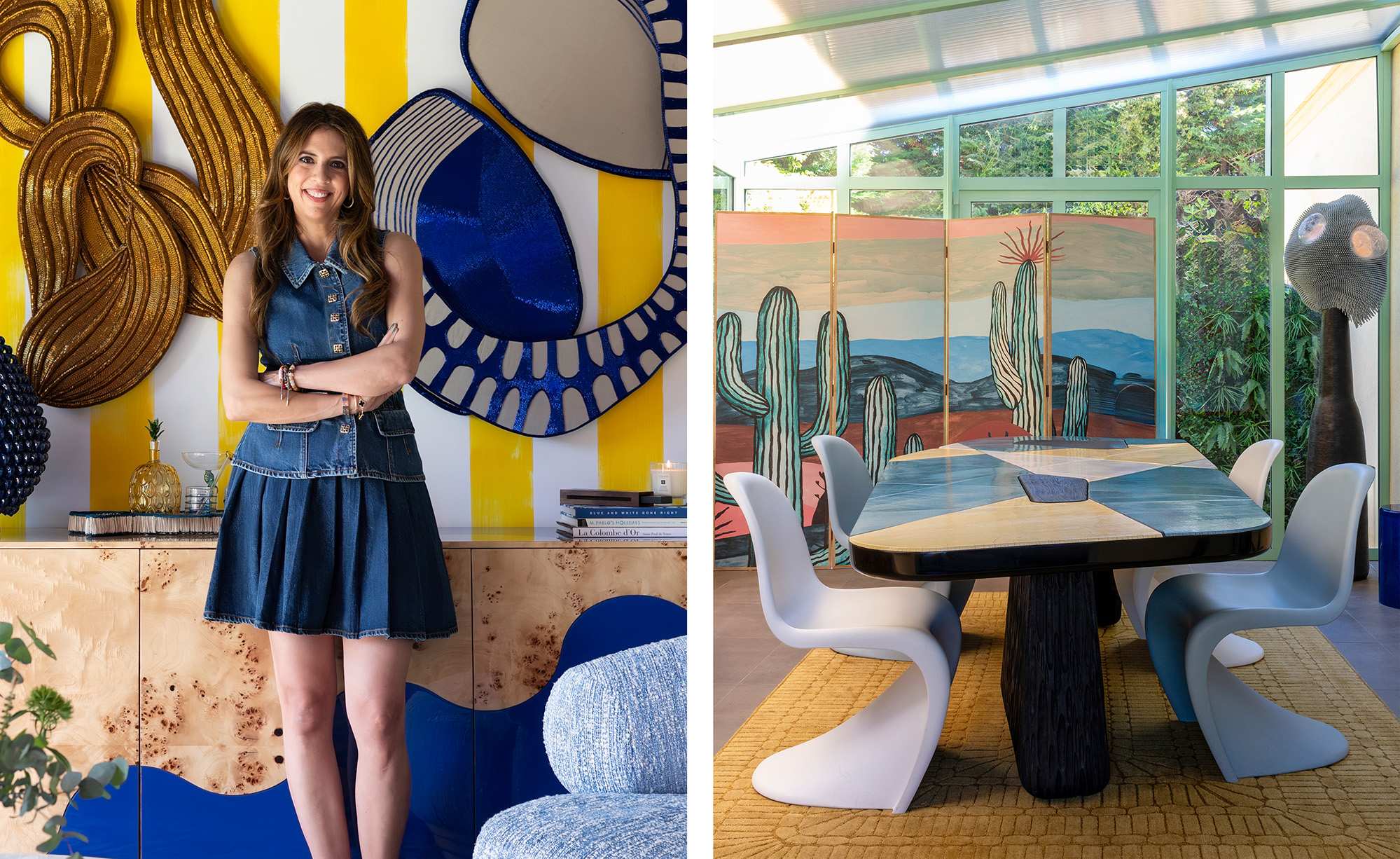
A Primer to Cap d’Antibes from a Designer Who Knows It Better Than Most
For years, the London-based interior designer Miriam Frowein has spent her holidays on Cap d’Antibes, the storied peninsula on the French Riviera. Known for her colorful interiors with a traditional twist, Frowein decided this season to launch an ebullient pop-up open now through September 21 (83 Boulevard Francis Meilland 06160). Inside, visitors can find her own line of bespoke furniture, as well as ceramics from Ruan Hoffmann, rugs from the designer-beloved Manufacture Cogolin, and accessories from Objekti, a line Frowein launched with Benjamin Frowein, the CEO of Schumacher Europe and Middle East (and also her brother-in-law). It’s all inspired by one of the region’s most beloved longtime residents, Pablo Picasso. “In the imaginations of visitors, the idea of Cap is the promise of something different, something far away that allows you to dream of something new,” says Frowein. “It’s a mix of nature combined with the most beautiful light, homes, hotels, restaurants, and cultural heritage.” I asked Frowein to share some of her insights into this legendary getaway and open up her Rolodex on how to do it justice. miriamfroweininteriors.com —Dan Rubinstein
As a designer, why create a pop-up in Cap d’Antibes?
Cap d’Antibes is my happy place. It is the place where our family meets, where we recharge our batteries in the summer away from our hectic life in London. The light and the culture in this part of the world are unique. It’s why so many famous painters and writers were inspired by this place. I like to walk alone to the sea early in the morning. I can smell the freshness of the pines, the salted air from the sea, enjoy the morning, and contemplate the rising sun.
On one of those walks last summer, I thought it would be a great idea to have a pop-up where I can show and express my vision of an energetic, colorful, and lively summer house interior in combination with exhibiting some emerging artists as well as artisan works scouted all over the world. The initial idea was to start from a white canvas without any brief. For me, the pop-up idea brought with it the opportunity to make my interior design concept accessible to a much broader and mixed audience. It was quite an exciting exercise for me, and I’m already planning the next one in a new location.
You’ve spent many summers in Cap d’Antibes. How have things changed?
We have been coming to Cap d’Antibes for 14 years, and my husband and I came to the south of France as teenagers with our respective families. The beauty of this place is that it’s slightly “sleepy,” and you have iconic places that do change, but in a very subtle and disguised manner. Of course, you have the stunning Hôtel du Cap-Eden-Roc, being for me the most unique hotel in Europe, and the Hôtel Belles Rives, which is the well-known one in Juan-les-Pins. Pam Pam is a very fun cocktail bar nearby; it has shows of Brazilian dancers to entertain you while you sip amazing mojitos in vintage glasses, and it serves the best cocktails and ice cream sundaes. Their interiors get refreshed regularly, but as I mentioned, in a very discreet way.
If a friend asked you to plan the perfect weekend there, what would you tell them?
I’d tell them to start with a beach dinner at Plage Keller on Garoupe beach and watch the sunset with their feet in the sand. Saturday morning, they should go for a little walk to the Provençal market in the center of Old Antibes, have a coffee at Nomads coffee shop, and wander through the charming and narrow streets in Antibes’ old town. Afterward, visit the Notre-Dame Cathedral, with its pastel pink façade and its 16th-century altarpiece. The church is next to my favorite museum, the Picasso Museum, which is in a little château. The artwork “Joie de Vivre,” which he painted in 1946, was the work that inspired the concept of my pop-up. The morning can be finished off with a stroll along the ramparts overlooking the greenery beyond.
In the afternoon, I would relax at the hotel pool and read a book, perhaps Tender Is the Night by F. Scott Fitzgerald, which was written partly during his stay on Cap d’Antibes. Then, for dinner, I’d drive to Cannes and enjoy the most delicious food at La Petite Maison in Palm Beach—beautiful views over the sea and a lively crowd. Then I’d finish the day off with a stroll on the Croisette and have an ice cream.
On Sunday, I’d start the day with my favorite walk around the coast. This walk reveals gorgeous views of the Mercantour National Park one way and the Estérel mountains. It involves climbing up and down well-maintained rocky paths next to the crystal-clear sea. It starts at Garoupe beach and finishes at the Villa Eilenroc, or the other way round. For lunch, I’d book a table at the beach club Baba at the Cap d’Antibes Beach Hotel and relax there in the afternoon before leaving. I call it the “Barbie beach” since the sunbeds and the sun umbrellas are pale pink, and I just love the atmosphere.
Any other spots you’d recommend?
Riviera Glaces—I call founders Géraldine and Jérémy the “ice cream artisans.” All their flavors are prepared by them in their atelier with natural and fresh ingredients, from fresh fruit that arrives daily. Everything is 100 percent homemade. Try the hazelnut. For a hotel, La Garoupe Gardiole is ideally located on the Cap d’Antibes a few steps from the beaches, and very close to the pop-up. It’s an Art Deco building with a family atmosphere where you’re made to feel at home. Mer Sea is a lovely little fish market and restaurant next to the Provençal market. It has original and quality raw fish dishes, and the flavors are perfect. The small grocery La Crémerie du Cap was founded by dynamic sisters, and I visit in the morning for breakfast or just shop for products during the day. They have the best coffee.
You bought your own home there 14 years ago. If someone wanted to buy property there, or stay for an extended time, what advice would you give?
We have fabulous real estate agents on the Cap who have a variety of property selections. To name a few, I think of Daniel Levant and Martine Lemoine, a duo who works for the agency Michaël Zingraf. Also Christine Carré of Cap d’Antibes Lux Rentals, and Mariek Anselme at A.M.A Selections. However, the real estate market is much slower than in cities like London. Homes stay within families for generations, and so there isn’t much inventory that’s on the market. My advice is to really understand what your specific needs are. Do you want to be close to the beaches, or the old town? Is a sea view crucial, or do you like a view toward the mountains and Cannes in equal ways? I would always go for a large garden, with a pool if possible, and a terrace area that can entertain guests. Cannes is definitely the livelier and busier alternative to Cap d’Antibes, but I’m biased.
This interview was edited and condensed.
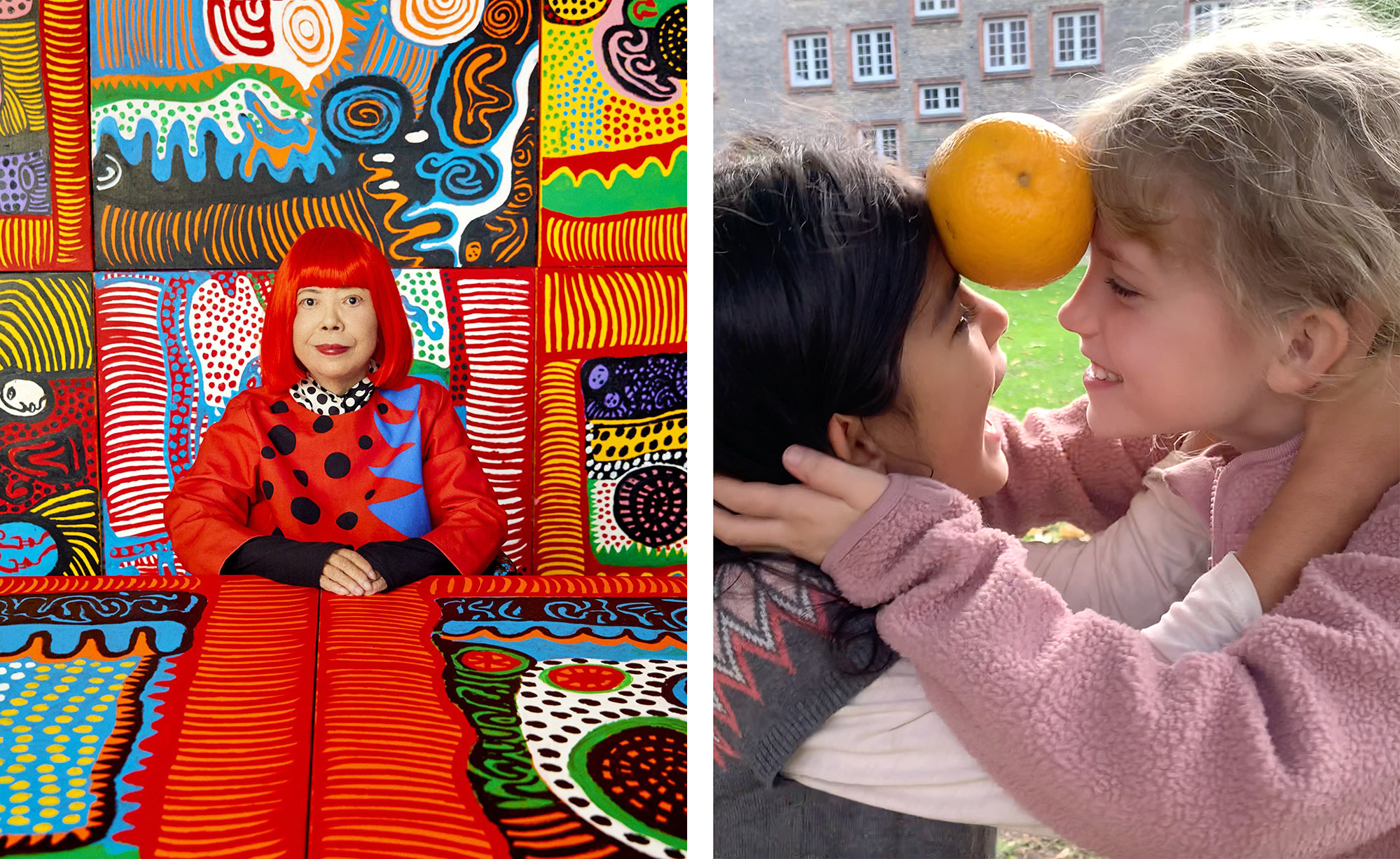
Kusama’s Visions Unfurl in Bilbao; Chicano Culture Reimagined; and the Latest to See
Bilbao, “Yayoi Kusama: 1945 to Now” (Opens June 27)
Adored for her delightfully photogenic polka dots, Yayoi Kusama is considered to be the most famous living female artist today. She was a foreigner in New York’s male-dominated avant-garde but quickly found herself at its forefront—even accusing Andy Warhol of copying her work. This retrospective chronicles the Japanese artist’s prodigious career, from her first drawings as a teen during World War II to her latest Instagram-famous infinity mirrors, and the paintings, drawings, sculptures, and “happenings” from in between. guggenheim-bilbao.eus
London, “Francis Alÿs: Ricochets” (Opens June 27)
In 1997, Belgian conceptual artist Francis Alÿs recorded himself pushing a melting block of ice through the streets of Mexico City in a film titled Sometimes Making Something Leads to Nothing. Known for these poetic, nearly absurd performance pieces, Alÿs wields simple metaphors to make his point. For the past 20 years, he has traveled to 15 countries filming children’s games—such as musical chairs in Mexico, leapfrog in Iraq, and jump rope in Hong Kong—producing a charming collection of videos that bear witness to the universality of play and the social interactions at odds with urbanization and technology. The series is presented here in the artist’s largest UK show in 15 years. barbican.org
Miami, “Xican-a.o.x Body” (Until Feb. 16)
The show’s title expresses the nuance of the intersectional Latin American community and comes from the term Chicano, which has developed a meaning separate from Mexican American identity. The Chicano movement of the ’60s and ’70s resisted assimilation into the American mainstream and embraced Indigenous descent. Highlighting the body as a medium of political and creative expression by Chicano artists, the exhibit sheds light on diverse Chicano narratives with upward of 150 works. It features artists who influenced the Chicano movement like feminist activist Yolanda López, who defied stereotypes with her portraits of women, and contemporary artists like José Villalobos, who confronts the machismo entrenched in Chicano history. pamm.org
New York, “Paula Wilson: The Wind Keeps Time” (Until Aug. 30)
Collage is American artist Paula Wilson’s primary medium, whether she incorporates mixed media into a 30-foot-high installation or makes detailed prints on muslin. Sometimes her work draws on the small desert town in New Mexico where she lives and works, examines her identity as a biracial Black woman, reimagines the classical art canon, or fuses it all. Her creative practice is inseparable from her daily life, thematically and literally—she prints and sews her own clothing and furnishings. This exhibit blurs the boundaries between life and art, showing her handmade rugs alongside paintings and video. bortolamigallery.com
Paris, “Clotilde Jiménez: The Long Run” (Until Sept. 28)
For this show, Afro-Latino multimedia artist Clotilde Jiménez, who lives and works in Mexico City, reexamines our notions of competition by emphasizing the importance of solidarity. He renders athletes out of collaged pieces, uniting different elements, much like sport unites nations and communities. Featured in this exhibit is his work from an official poster series designed for this year’s Olympics. marianeibrahim.com —Vasilisa Ioukhnovets
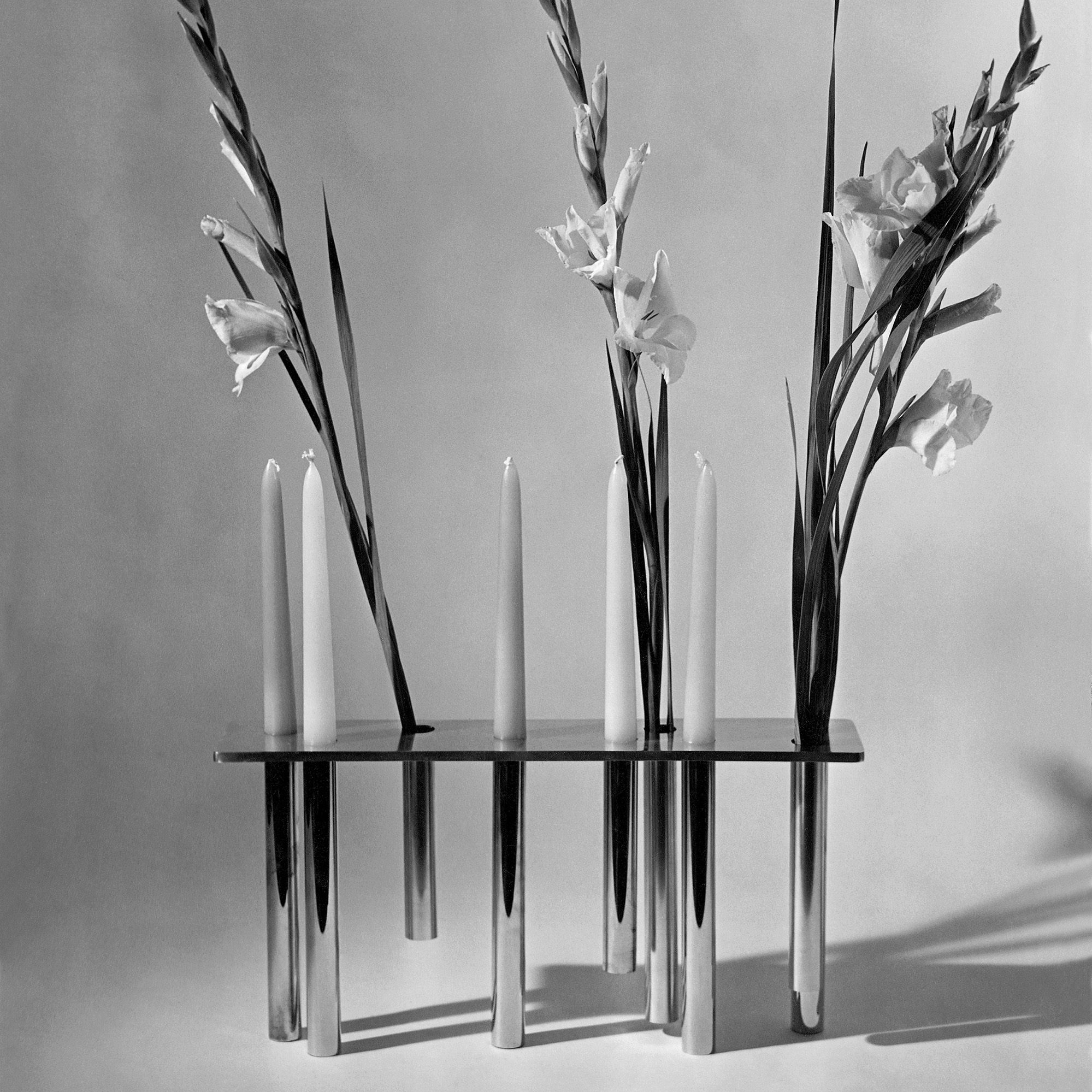
We assembled our favorite design objects for the people on your list that have everything, including taste.
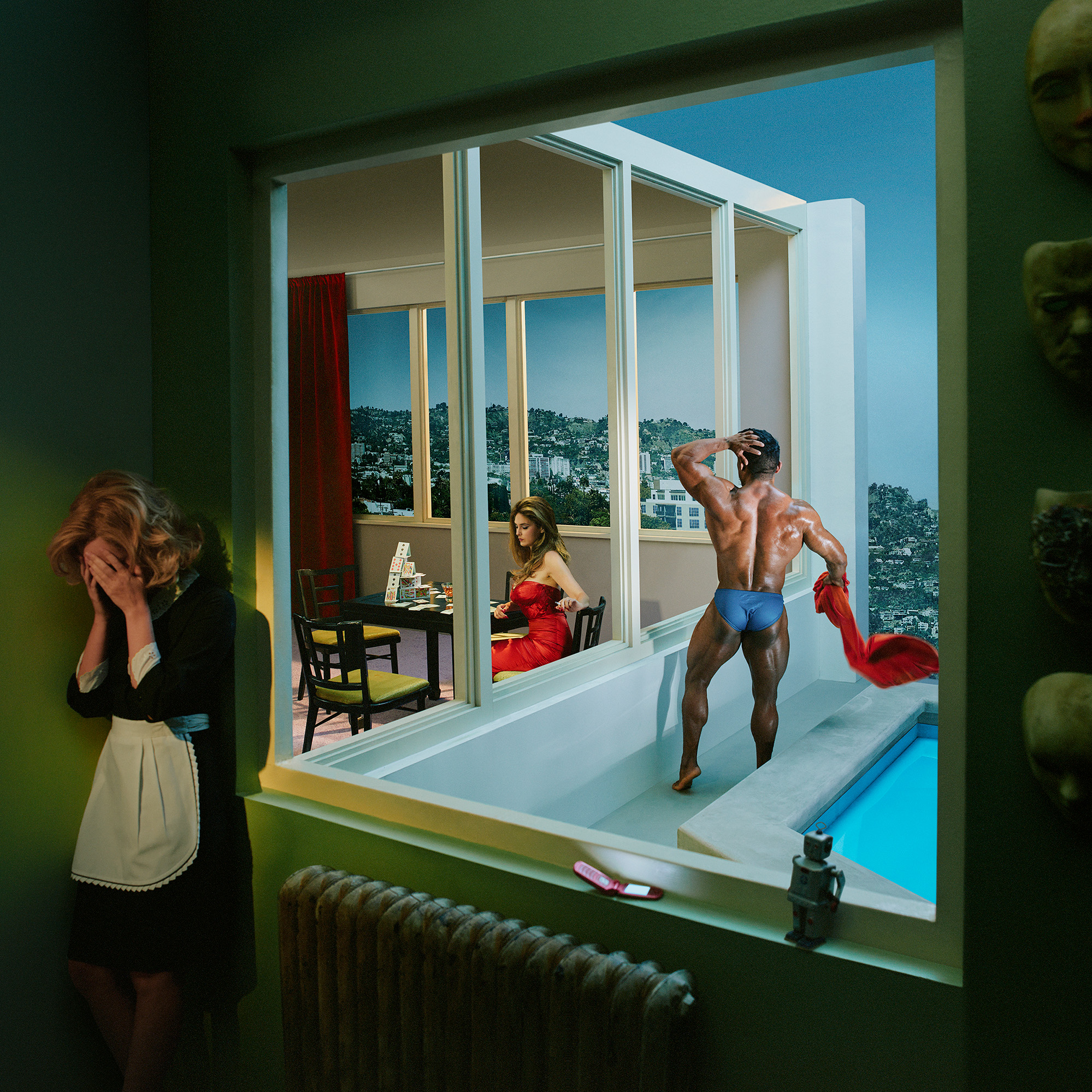
We checked in with our former podcast guests who will be inching through Miami traffic, unveiling new works, signing books and revealing new projects this year.
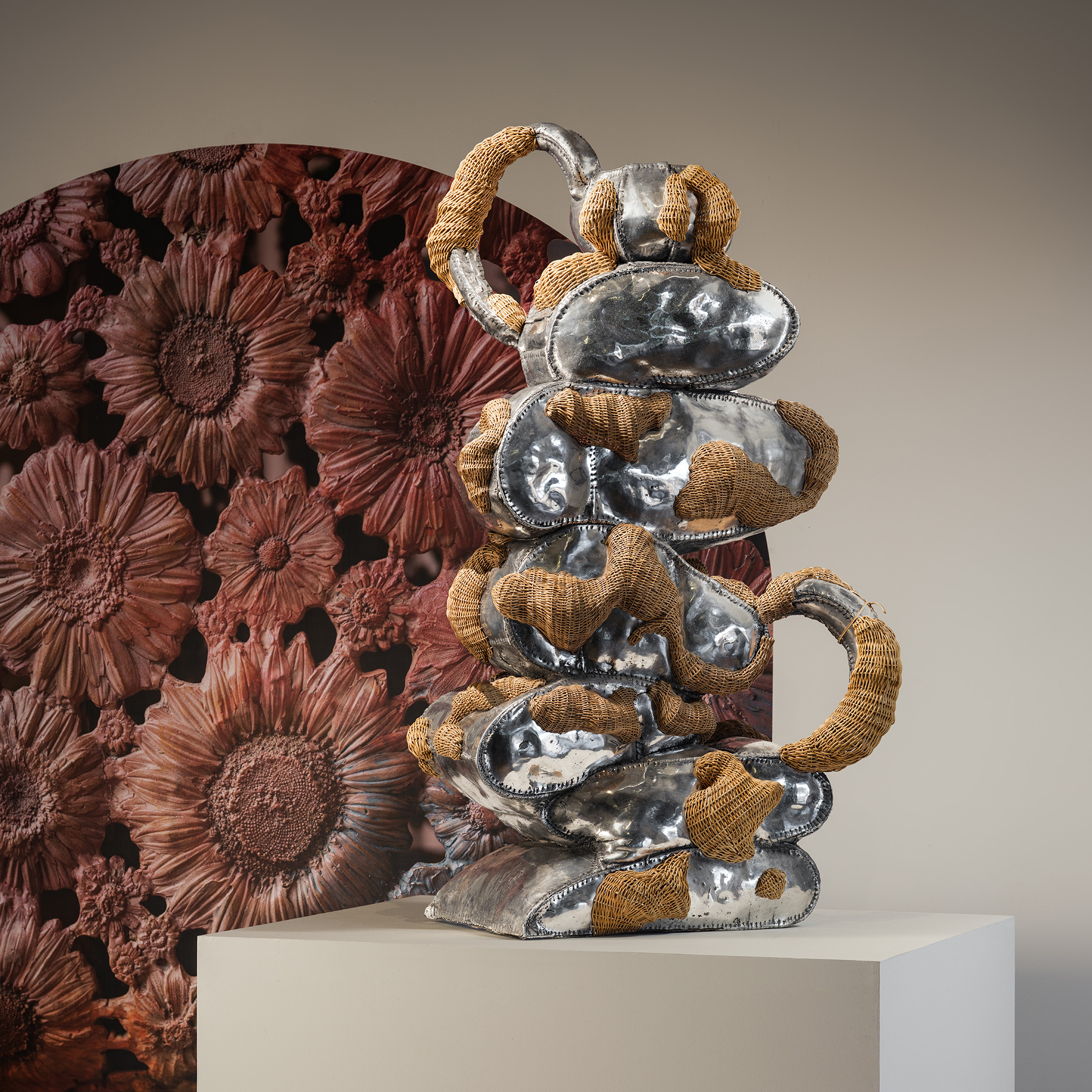
The ecstatic designs of Chris Wolston come to Texas, Juergen Teller's most honest show yet opens in Athens, a forgotten Cuban Modernist is revived in New York, and more.